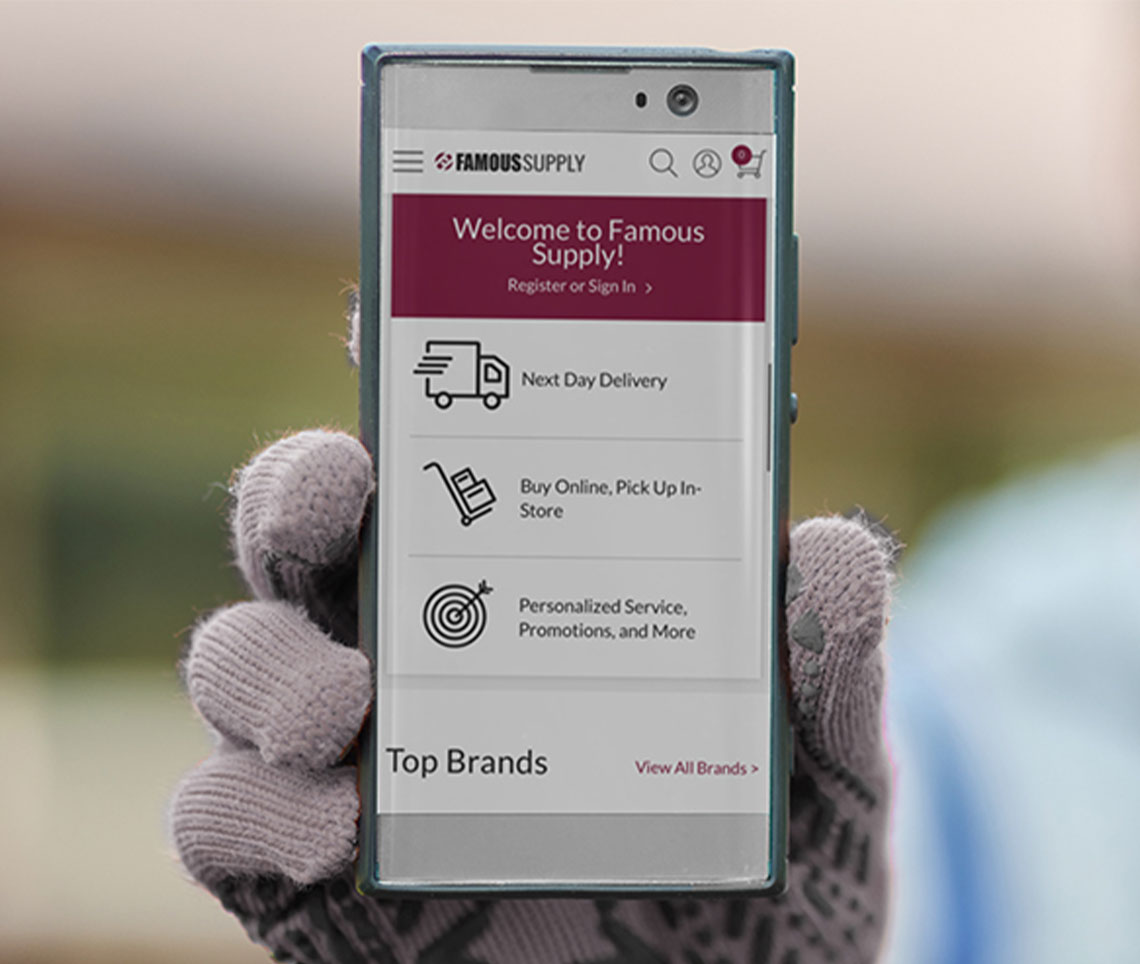
24. Embrace Change.
What got us here is not always the same as what will take us to the next level. Be inspired by the opportunities that change brings, rather than stubbornly holding on to the old ways of doing things. Be flexible and open to new approaches, whether it’s technology or a new process to improve efficiency.
John's Message:
In life, change is inevitable. That makes change the only fact of life guaranteed to never change. And these days change happens at a faster rate than ever before. Resistance is futile, but how you respond to it is entirely up to you.
We are dealing with new products, new procedures, different personnel, a different time clock system, new health and safety regulations, and more. Let’s say these changes are a bucking bull. Do you: (A) jump off and run away, (B) hold on and try to survive, or (C) grab the horns and steer. In other words, do you resist change, accept it, or lead it?
There are three basic ways to respond to change:
- Fear/resistance — Allow change to control you and intimidate you.
- Acceptance — Try to make the most of what’s happening by adapting what you do.
- Leading — It starts with acceptance but evolves into determining the outcome of change.
How do we lead change?
Step 1—Recognize that change happens.
Once you can accept that “different” doesn’t always mean “worse,” you’re on the right track. The more quickly that realization happens, the easier it is to accept the challenges the future presents. Eventually, you’ll learn to savor the new opportunities.
Step 2—Empower others to help you lead change.
You’ve got friends and family in life and work. Use them. Just as a politician surrounds himself/herself with trusted advisers, you should find a close contingent of people with the willingness, expertise, leadership prowess, and credibility to help you enact change.
Step 3—Lead change based on vision, mission, and values.
If we don’t know where we’re going, how will we get there? To lead change, we need to know where we’re headed. This means understanding our values (the Famous Family and 40 Fundamentals), our vision (the desired end result), and our plan (the steps necessary to get there.)
Step 4—Establish urgency.
People need a compelling reason to change. Without urgency, great ideas sit idle for months or years. To create urgency, show others the vision of what change can do and outline the steps needed to make that change possible, necessary, and desirable.
Step 5—Move ahead, regardless.
You’re going to encounter some sticks-in-the-mud along the way, people unwilling to accept the inevitability of change. Your approach, to paraphrase Dory in Finding Nemo, is to “keep swimming.” Bring everyone along for the ride, but let them sit in the back seat at first. As change occurs, they might come around, but they will eventually remove themselves if they don’t like where the car is headed.
Step 6—Create a culture that embraces change.
Whether we’re talking about a small team of people, a business, or an entire organization, it’s important to actively seek change. Those who stand still get left behind. So in your department, branch, and region, make sure you’re seeking out ideas. A good reminder: there are no bad ideas. Nothing stifles innovation faster than a brainstorming session where participants feel uncomfortable.
Step 7—Learn new things.
There’s a reason they update the dictionary every year to add new words, such as “man cave,” “bucket list,” “mash-up.” The world is constantly changing. That’s why lifelong learning is such an important concept, and it’s the best way to embrace change at a personal level. The best leaders are the best educators. They seek out training opportunities for others, but they don’t stop there. They’re also responsible for seeing to their own continuing education to provide fresh perspectives and new insights.
John Mellor
Customer Service Manager/Youngstown Famous















